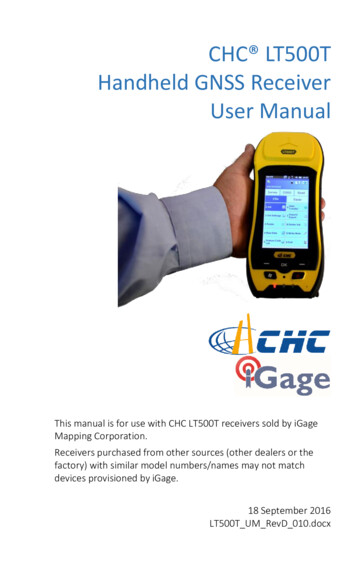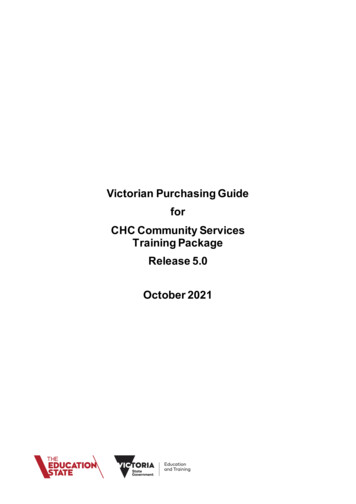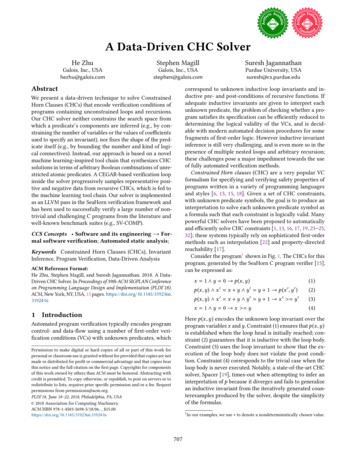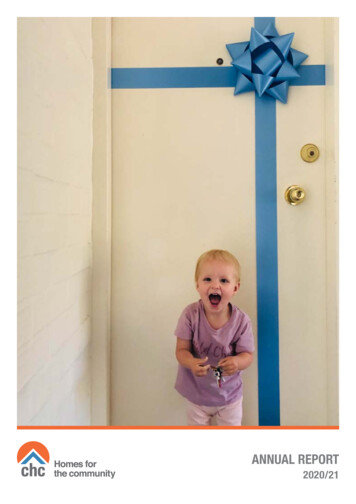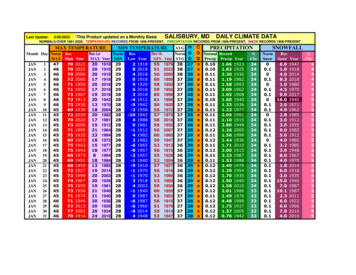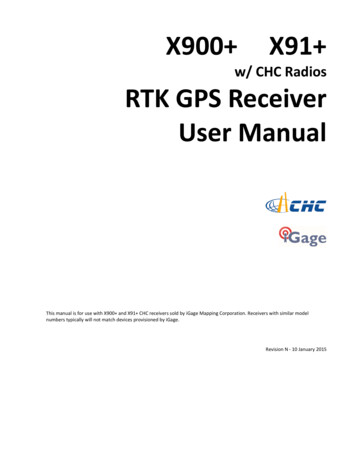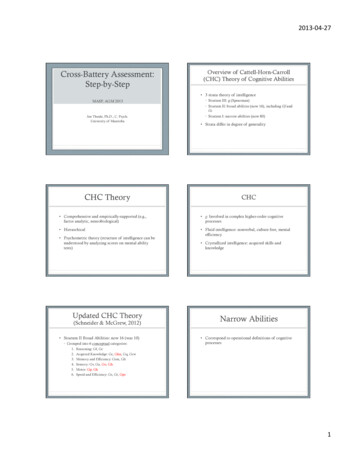
Transcription
2013- ‐04- ‐27Cross-Battery Assessment:Step-by-StepOverview of Cattell-Horn-Carroll(CHC) Theory of Cognitive Abilities 3 strata theory of intelligenceMASP, AGM 2013Jen Theule, Ph.D., C. Psych.University of ManitobaCHC Theory Stratum III: g (Spearman) Stratum II: broad abilities (now 16), including Gf andGc Stratum I: narrow abilities (now 80) Strata differ in degree of generalityCHC Comprehensive and empirically-supported (e.g.,factor analytic, neurobiological) g: Involved in complex higher-order cognitiveprocesses Hierarchical Fluid intelligence: nonverbal, culture free, mentalefficiency Psychometric theory (structure of intelligence can beunderstood by analyzing scores on mental abilitytests)Updated CHC Theory(Schneider & McGrew, 2012) Stratum II Broad Abilities: now 16 (was 10) Grouped into 6 conceptual categories: Crystallized intelligence: acquired skills andknowledgeNarrow Abilities Correspond to operational definitions of cognitiveprocesses1. Reasoning: Gf, Gc2.3.4.5.Acquired Knowledge: Gc, Gkn, Gq, GrwMemory and Efficiency: Gsm, GlrSensory: Gv, Ga, Go, GhMotor: Gp, Gk6. Speed and Efficiency: Gs, Gt, Gps1
2013- ‐04- ‐27Cross-Battery Assessment(XBA)Crossing Batteries Based on CHC model Measure a wider range of abilities than representedby a single intelligence test Developed by Flanagan, McGrew, & Ortiz “think outside the test kit” Neuropsychology We all do cross-battery assessment already!XBAWhen is XBA indicated? More psychometrically and theoretically defensiblemethod of crossing batteries Still some concerns and limitations (see crossbattery.com)Limitations of CHC and XBA Data focus leads to circular arguments Data focus limits ideas about intelligence to what ismeasured Can provide more data than needed: can you see theforest for the trees Learning questions Learning Disabilities “Slow Learner” ADHD Processing questions Neuropsychological questions Nonverbal learning disabilities Neuropsych disorders (e.g., William’s, Fragile X) Culturally/linguistically diverseWhat do I need to measure? Usually measure these broad abilities in a typicalassessment: Gc, Gf, Gv, Gsm, Ga, Glr, Gs At least 2 qualitatively different subtests (indicators)to measure each broad ability (and must hangtogether—usually 15 SS points difference) To measure a narrow ability also usually need 2subtests2
2013- ‐04- ‐27What should I try to avoidmeasuring?Construct irrelevant variance: adds in unneeded information E.g., fine-motor or mixes 2 abilities at the level of your investigation E.g., VIQ: measures Gc and Gsm E.g., verbal analogies measures Gc and GfXBA Tools You can base your assessment on just about anybattery! Some batteries are easier as they are based on CHC: WJ-III, K-ABC-II, SB-5, DAS Regardless of battery you will likely need tosupplement (“cross-batteries”), but less if use onedesigned around CHC Because: most tests don’t measure the range of broadcognitive abilitiesXBA and Test ChoiceWhat does a Cross-BatteryAssessment look like?Choose: Test 7 broad areas (see earlier)1. Same battery (e.g., all K-ABC) Test other areas as indicated by hypotheses2. Co-normed tests (e.g., WISC-IV and WIAT-III OR WJCOG and ACH) Follow-up on strengths and weaknesses3. Tests normed within a few years of each other (FlynnEffect)4. Other subtestsTry to use the lowest number of batteries possible.WJ- ‐IIICorrela2onswithWISC Follow-up on inconsistencies Check for ecological validity Check potential recommendations (dynamicassessment)Specific Learning DisabilityIdentification and XBA WISC- ‐IVFSIQislowerthanWJ- ‐IIIGIA- ‐Extinchildrenwithneuropsychiatricdisorders Difficulties in one or more areas of academicachievement mparedagainstotherintelligencetests: Not the result of visual, hearing, environmental, etc.variables- ‐WISCIII- ‐.71forGIA- ‐Stdand.76forGIA- ‐Ext Disorder in basic psychological process involved inreading, writing, etc. Unexpected underachievement Ecologically valid Conditions: Average or better cognitive abilities3
2013- ‐04- ‐27Operational Definition of SLDCross-Battery and LDs Narrow abilities somewhat remediable.DiscrepanttanepscrDi Narrow ability weaknesses can be appropriatelyaccommodated (see Essentials book)ConsistentReferralHistory 10-year-old girl, Grade 4 Premature birth (34 weeks) Functioning at approximately a Grade 2 level in all areas Parents divorced, father remarried, adopted by stepmother Limited understanding of numbers Trouble generating ideas for writing Reading is weak Gets distracted at times, some organizational difficulties Good persistenceHypotheses First words 15 months old Walked 10 months Articulation difficulties as preschooler, saw SLP Family history: depression, ADHD, learning difficulties Enjoys building things Has friends, but history of minor bullyingWhat areas do we need toassess? Global Delays (intellectual disability, slow learner) Overall estimate of ability Learning Disability 7 stratum II areas: Gc, Gf, Gv, Gsm, Ga, Glr, Gs Language Disorder ADHD4
2013- ‐04- ‐27Need to assess: Reading Ga: Phonetic coding (PC) Glr: Naming facility (NA) Gc: Gs: Lexical knowledge (VL) Perceptual speed (P)Need to assess: Math Gf: Inductive (I) Gs: Perceptual speed (P) General sequentialreasoning (RG) Gc: Listening ability (LS) Language development(LD) Lexical knowledge (VL) General information (K0) Gsm: Language development(LD) Listening ability (LS) Gsm: Memory span (MS) Memory span (MS)Need to assess: Writing Gc: Lexical knowledge (VL) Gs: Perceptual speed (P) Language development(LD) General information (K0) Gsm: Memory span (MS)Need to assess: Language Language is part of cognition Gc: Crystallized intelligence. “The depth and breadthof knowledge and skills that are valued by one’sculture.” Conduct comprehensive evaluation of Gc Working memory capacity(MW) Ga: Phonetic coding (PC)Need to assess: ADHDHow do I figure out what toassess?1. Start with your hypotheses Gsm2. Make a chart of what you would ideally assess Gs3. Based on examinee characteristics and best practices (seeabove) choose a core battery Executive functioning4. Look for overlap in assessment list—start there5. Assess 7 broad areas6. Consider results, add/subtract subtests from list. Repeat.Iterative Process5
2013- ‐04- ‐27Bringing it together Overall estimate of abilityBased on WISC-IV FSIQ and most broad areas: Given referral and overlap: Gc: Lexical knowledge (VL), language development(LD) Gsm: Memory span (MS) Gs: Perceptual speed (P) If first test of narrow ability is average or better—don’t need a second. If first test of narrow ability is weak—can skipsecond test if have other data source (ecologicalvalidity) supporting weakness (less likely)Achievement Note: Ability and achievement not considereddifferent in XBA!! LD (Gc): TOLD WordOrdering, SentenceCombining Gf: WJ Analysis-Synthesis(RG) Gv: PCm Ga: WJ Sound Blending(PC) and AuditoryAttention (UR) Glr: WJ Visual-AuditoryLearning (MA) andRetrieval Fluency (FI) P (Gs): CancellationDo I have to do all of that? No. Outside of battery: Core 10 subtests (BD, SI,DS, PCn, Co, VC, LN, MR,Co, SS) 7 stratum II areas: Gc, Gf, Gv, Gsm, Ga, Glr, GsBased on WJ-III NU GIA: first 7 subtests Gf: Analysis-Synthesis Gc: General Information Gv: Picture Recognition Gsm: Memory for Words Glr: Rapid Picture Naming Ga: Auditory Attention Gs (P): Decision Speed Outside of battery: Gs: WISC Coding LD (Gc): TOLD WordOrdering, SentenceCombining VL (Gc): WISC Vocabulary MS (Gsm): WISC Digit SpanResults Will be different based on WJ or WISC Re-evaluate as needed, and add, subtract from yourplan Do appropriate academic testing to pinpoint level ofacademic functioning, using co-normed tests ifpossible.6
2013- ‐04- ‐27Results Continued Examples:What next? Follow up on strengths and weaknesses Gc weak—want to follow up with more narrowabilities to pinpoint. Symbol Search (Perceptual speed P)- ss of 13—noneed to test P further with Cancellation Gv not cohesive, Block Design 4 (Vz), PictureCompletion 8 (CF). Test Vz and CF more, andpossibly another Gv area Reading Comprehension: SS 105—lacks ecologicalvalidityFormulation Language Disorder Inconsistencies Lack of ecological validity Revisit hypotheses and revise plan Check potential recommendations (dynamic)Recommendations Provide language-enriched environment Read aloud to kids Recursive process: Consider testing through lens ofculture-language matrix! Reconsider: Letter-Number Sequencing (WISC),Analysis-Synthesis (WJ), Auditory Attention (WJ),Concept Formation (WJ), Decision Speed (WJ),Memory for Words (WJ)Resources Books on tape Speech-language therapy Use diagrams, etc. for teachingQuestions? www.cross-battery.com7
designed around CHC Because: most tests don't measure the range of broad cognitive abilities XBA and Test Choice Choose: 1. Same battery (e.g., all K-ABC) 2. Co-normed tests (e.g., WISC-IV and WIAT-III OR WJ COG and ACH) 3. Tests normed within a few years of each other (Flynn Effect) 4. .

